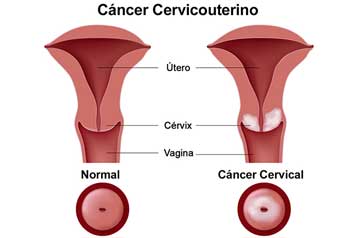How to Use Insect Repellents Safely
Choosing Insect Repellents
Insect repellents are available in various forms and concentrations. Aerosol and pump-spray products are intended for skin applications as well as for treating clothing. Liquid, cream, lotion, spray, and stick products enable direct skin application. Products with a low concentration of active ingredient may be appropriate for situations where exposure to insects is minimal. Higher concentration of active ingredient may be useful in highly infested areas or with insect species which are more difficult to repel. And where appropriate, consider nonchemical ways to deter biting insects - screens, netting, long sleeves, and slacks.
Using Insect Repellents Safely
EPA recommends the following precautions when using insect repellents:
- Apply repellents only to exposed skin and/or clothing (as directed on the product label). Do not use under clothing.
- Never use repellents over cuts, wounds, or irritated skin.
- Do not apply to eyes and mouth, and apply sparingly around ears. When using sprays do not spray directly onto face; spray on hands first and then apply to face.
- Do not allow children to handle the products, and do not apply to children's hands. When using on children, apply to your own hands and then put it on the child.
- Do not spray in enclosed areas. Avoid breathing a repellent spray, and do not use it near food.
- Use just enough repellent to cover exposed skin and/or clothing. Heavy application and saturation is generally unnecessary for effectiveness; if biting insects do not respond to a thin film of repellent, then apply a bit more.
- After returning indoors, wash treated skin with soap and water or bathe. This is particularly important when repellents are used repeatedly in a day or on consecutive days. Also, wash treated clothing before wearing it again. If you suspect that you or your child are reacting to an insect repellent, discontinue use, wash treated skin, and then call your local poison control center. If/when you go to a doctor, take the repellent with you.
- Get specific medical information about the active ingredients in repellents and other pesticides by calling the National Pesticide Information center (NPIC) at 1-800-858-7378. NPIC operates from 6:30 a.m. to 4:30 p.m. (Pacific Time),9:30 a.m. to 7:30 p.m. (Eastern Time), 7 days a week. The NPIC Web site is: http://npic.orst.edu/
Important Information on Using Pesticides
EPA recommends the following precautions when using an insect repellent or pesticide:
- Check the container to ensure that the product bears an EPA-approved label and registration number. Never use a product that has not been approved for use by EPA!
- Read the entire label before using a pesticide. Even if you have used it before, read the label again - don't trust your memory.
- Follow use directions carefully, use only the amount directed, at the time and under the conditions specified, and for the purpose listed. For example, if you need a tick repellent, make sure that the product label lists this use. If ticks are not listed, the product may not be formulated for that use.
- Store pesticides away from children's reach, in a locked utility cabinet or garden shed.
Fuente
U.S. Environmental Protection Agency
http://www.epa.gov/pesticides/factsheets/insectrp.htm
Temas Relacionados






